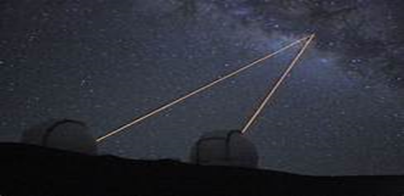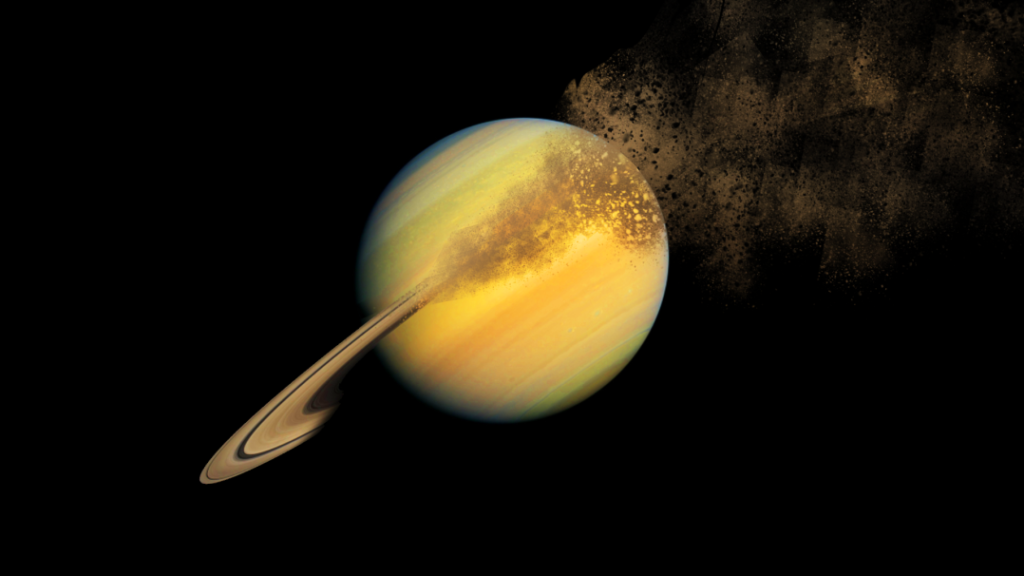
Saturn rings are disappearing this way. Soon we will have Saturn in its ring free state.
The planet Saturn has an extensive set of planetary rings in the Solar System. These iconic rings make it easily recognizable. These rings actually consist of numerous small dust particles that are ranging in size from the micro meter (μm) to a few meters (m) in size and orbit around the Saturn.
Recently, researchers have found that the rings of Saturn are now getting smaller than the previously thought and consequently, this feature of the planet won’t last much longer. However, these rings are less than 100 million old and still are a “new feature” of the planet that would not be sticking around the planet longer.
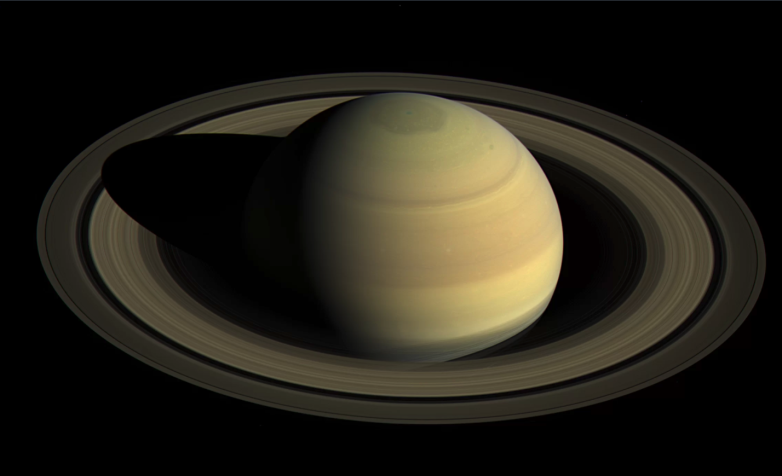
COMPOSITION:
The ring components are made entirely of icy water material with a trace amount of rocky material. The mechanism of their formation is still unknown. The theoretical models indicate that the rings were likely to have formed early in the Solar System’s history, but new research data from Cassini suggests that they were formed on the order of 100 million years.
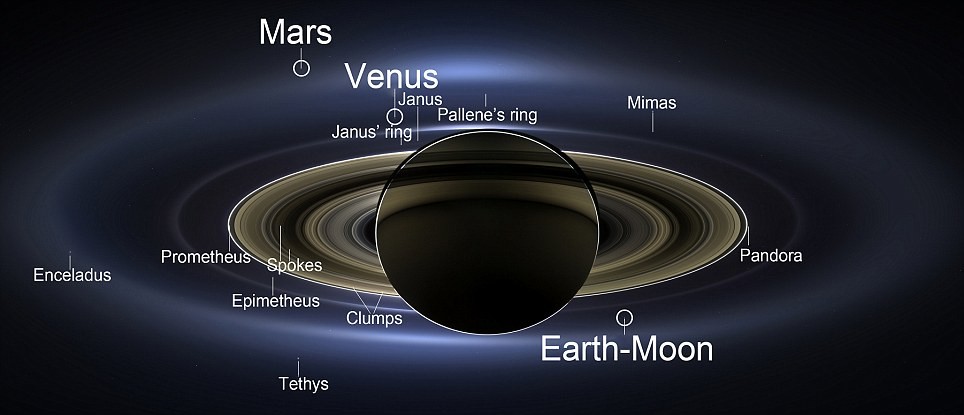
would be seen by human eyes.
-Why Does Saturn have rings around it?
Galileo was the first person to observe the rings around Saturn through his telescope in 1610. But for four centuries, astronomers have been contemplating them, but all their efforts ended up in vain to explain why these rings exist and orbit about the Saturn.
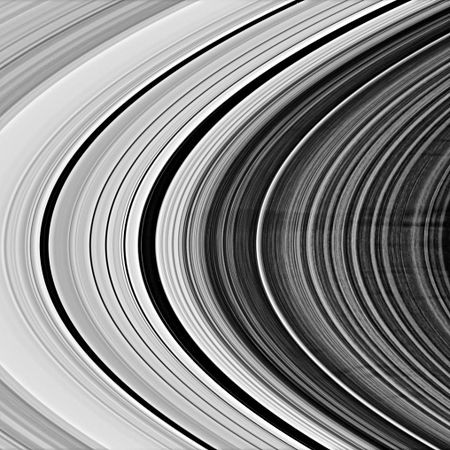
But the answer to this question is given by Robin Canup during his research last month. He has published a new theory of the formation of rings in the science journal. He proposed that “the rings are icy remnants of a bygone moon. When Saturn came into existence along with other satellites and planet in the solar system, one of the large moons of Saturn got so close in order to maintain a stable orbit.
The moon then started to moved spiral about Saturn inward as a conseq-uence, Saturn’s gravity ripped away from its icy outer layers and flung them into orbit to create the rings we see today. After 10,000 years, the moon’s rocky leftover crashed into Saturn and crumble.
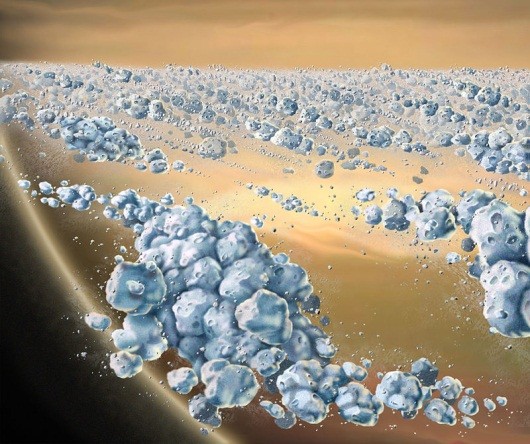
SATURN RINGS ARE VANISHING:
As we know that the Saturn consists of a ring system that orbit around it and the rings have countless separate particles with sizes ranging from pea-sized to giant boulders. The rings are mainly composed of frozen water and they are actively dumping a large amount of ice onto the planet constantly. This rain is responsible for the rings to be disappeared within 3 million years and this rain will soon turn the Saturn to the ring less state.
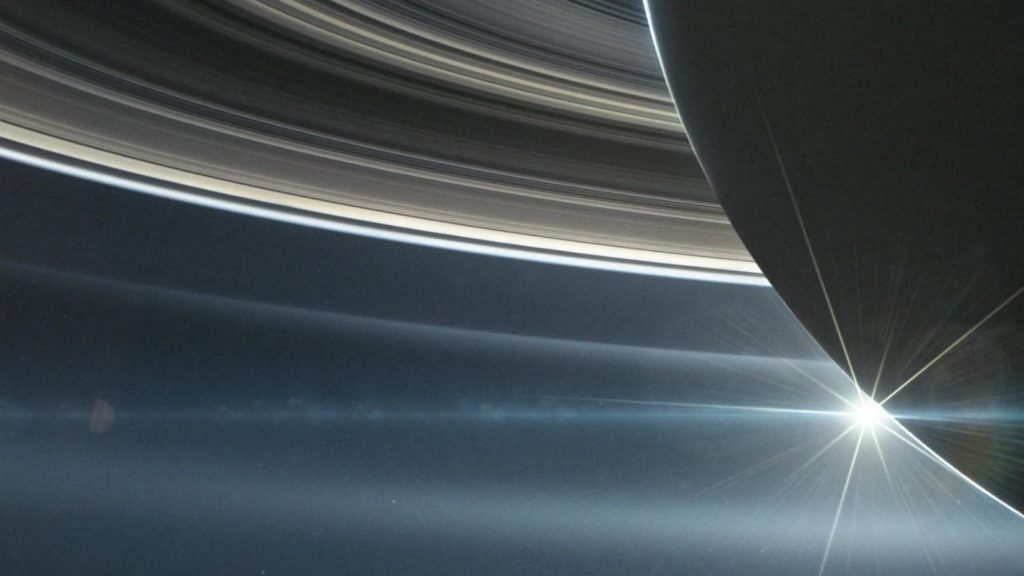
HOW?
The ultraviolet light from the Sun and plasma clouds from tiny meteoroids strike charge the icy dust, which then becomes bound to Saturn’s magnetic field and pulled into the planet by gravity. This material rains into the

Keck Telescope observing Saturn’s Rings.
The Instruments attached to the Keck Telescope in Hawaii observed this rate of disappearance in the ring rain study and based on these

Komal Nadeem is based in Jhelum. She is doing BS. Biochemistry from Quaid-i-Azam University, Islamabad. Her Interests are Reading books and novels, Gardening, Observing surroundings.

